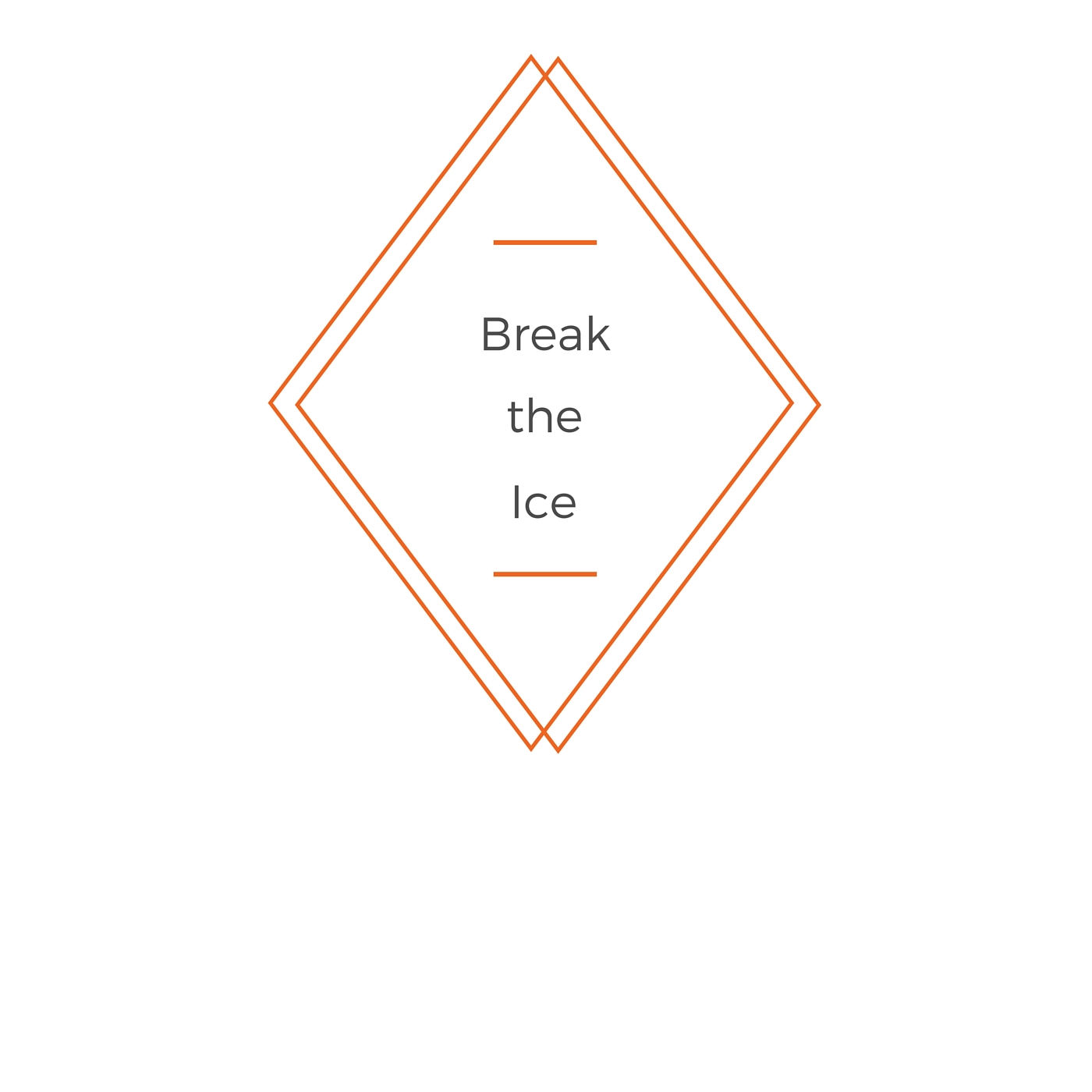Using Ice Breaker Games
Home > Customer Service Training Activities > Ice Breaker Games > Using Ice Breaker Games

Here are some ideas and tips on breaking the ice at the beginning of a training session and using any training games wisely.
First a word of warning.
Some people hate games.
They might like an activity, they might like an exercise, especially if it is relevant to the job they do, but the thought of a game in the work place will bring them out in a cold sweat.
People's Learning Styles differ, and how each of them approaches the training will be different.
Using ice breaker games well will give your training session the positive start so that everyone benefits. The challenge is that by their very nature icebreakers are at the beginning of a training course, which is a critical time.
The participants in the training are evaluating whether the course is going to be useful for them, some may be wary others may be resistant, and the chances are you will not have had time to get to know them yet either. So don't just rely on a routine icebreaker, have several ice breaker options available that you can use depending on the nature of the training course and the group you are working with.
The other thing to consider carefully when using a "game" is that this may lead to high energy response ( which perhaps you want ), but unless introduced and managed there may be low control within the group.
There is a risk doing this at the beginning of a training course, as the set up models the behavior that will be most productive throughout the course. If it is too high energy, low control then it can be difficult to get the course back on track.
In my many years of training, I have found that if you have problems on a training course itself, you can always track it back to the way the course began.
Using ice breaker games appropriately and wisely is a key choice that you have as a trainer, and one which will impact on the success of the training.
When ice breaker games really work
If you know the group well, perhaps you are working with them as part of an ongoing induction or development program, then an icebreaker to start the session can be a fun way to get them focusing on the session at hand, rather than what they were doing before they joined the training session. If the group is not familiar to you, then you will have to consider how best to get them started and primed for the training itself. This may depend on a number of factors such as age range, job level (junior, mid-ranking or senior employee), job type (engineers, drivers, call center staff).
Using ice breaker games wisely
So if you want to use an icebreaker, here's some tips to make sure that it goes well.
Choose the icebreaker carefully for the session you are running. Is it relevant, or is it a filler for 15 minutes at the beginning of the course.
Just ask yourself, if you are going to use a "routine" icebreaker - will this work on this course, with this group of people?
Make sure you introduce the icebreaker carefully, explaining why you are doing it and the benefit to the people in the room. To say "we're going to do this exercise to break the ice" isn't enough.
Ask whether they all know each other, ask "would you like to get to know who you are working with during the training session a bit more?" When they say yes introduce your exercise clearly, and straightforwardly.
Find more customer service training ideas by clicking on the links below
Customer Service Training News
Get your copy of DELIVER, so that you can keep up to date with the resources being added to the site.
Sign up TODAY and get a free download of this video
We do NOT share your details with any other company.



